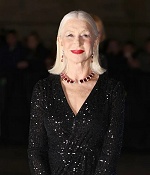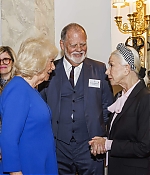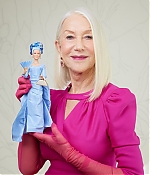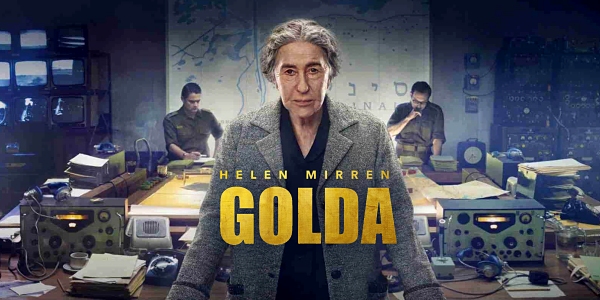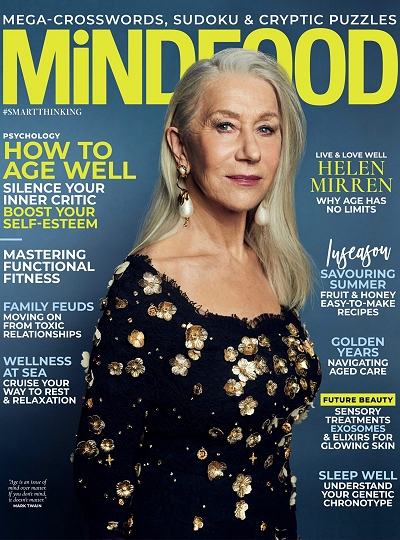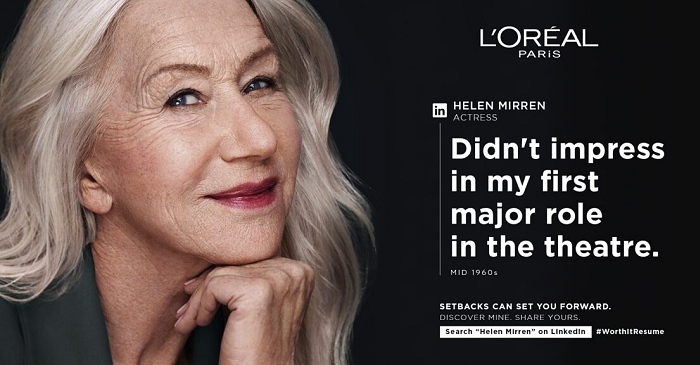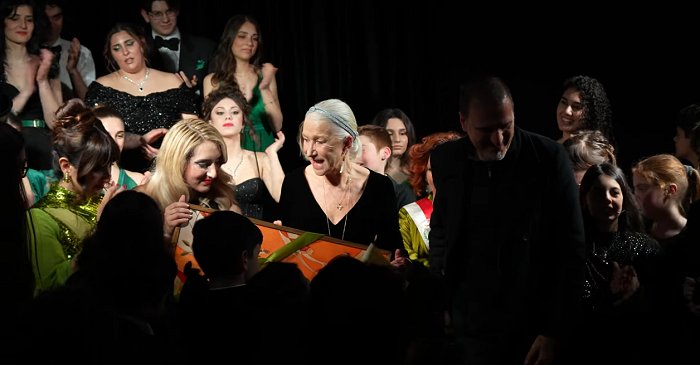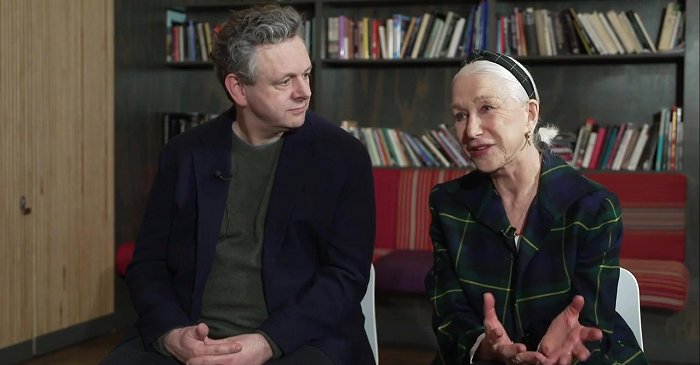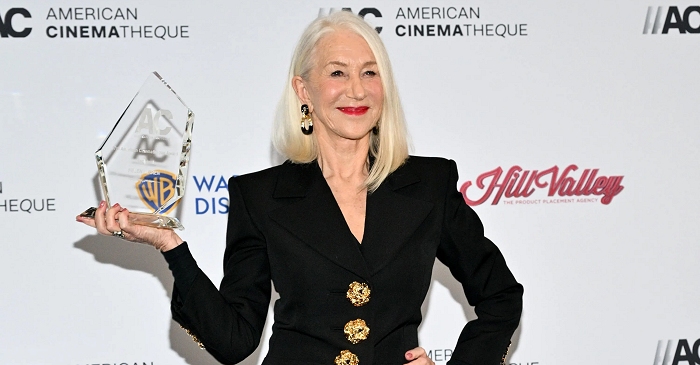
|
Welcome to The Helen Mirren Archives, your premiere web resource on the British actress. Best known for her performances with the Royal Shakespeare Company, "Prime
Suspect" and her Oscar-winning role in "The Queen", Helen Mirren is one of the world's most eminent actors today. This unofficial fansite provides you with all latest
news, photos and videos on her past and present projects. Enjoy your stay.
|
Celebrating
10 years
on the web
|

Helen Mirren is no stranger to playing powerful female rulers operating in the world of men. Her latest endeavor, Catherine the Great, is no different as she brings the story of the extraordinary 18th century Russian Empress to life in the upcoming HBO limited series. At the New Yorker festival screening of the first episode, Mirren was joined by co-star Jason Clarke, who plays Catherine’s military leader and lover Grigory Potemkin, for a Q&A moderated by Juilliard Drama Director Evan Yionoulis. While the four-part series charts Catherine’s shaky beginnings as a ruthless but progressive empress following a coup that overthrew her late husband, it equally follows Catherine’s passionate love affair with Potemkin and its sweeping impact on the Russian empire. Read on for four takeaways about the series, including its inspirations and some surprising similarities.
Unlike Catherine the Great when she took power, Helen Mirren has Russian roots.
While Catherine herself was Prussian-born, making the scope of her rule even more extraordinary, Mirren is Russian on her father’s side. Her paternal grandfather was a member of the Russian Imperial Army and her original family name was “Mironoff.” “I was made aware of Russian history by my grandfather when I was 7 or 8, listening to him tell stories of the dacha and where the horses were kept,” Mirren recalls. “And he’d tell of a sleigh ride that took four days from Moscow to our family estates in Russia.” These tales gave Mirren an early start, but it wasn’t until later in life when she began reading Russian history that she became specifically fascinated with Catherine the Great.
Catherine’s real-life letters were a valuable source of research for Mirren and Clarke.
Catherine and Potemkin’s correspondence, which still exists, proved to be a treasure trove of information about an era predating photos and videos. The letters of love and yearning when Potemkin was away at war fighting the Turks provided a script for Mirren and Clarke’s characters to follow. “They were so intimate, so sweet, but at the same time you could see their jealousy and their angst — you saw the whole relationship beautifully expressed in those letters,” Mirren said. “You could see the way he made her laugh, and her sexual obsession with him, but it was true love.” “You see in what they wrote that she was the center of his universe,” Clarke agreed. “He just couldn’t get enough of this woman on all different levels. Initially she was his teacher and educator; then he was her attack dog or war man. Their relationship was incredible, like nothing I’d ever read.”
Portraits from the era had to be taken with a grain of salt, however.
Mirren was delighted to hear that Clarke has been cast as Potemkin, not just because the two had recently worked together on the set of Winchester in Australia, but because she saw Clarke’s face in a painting. “When his name came up for Potemkin I thought ‘Thank God, that’s perfect,’” Mirren said. “There’s this portrait of Potemkin on a horse and he looks so much like Jason, it’s amazing. But when researching Catherine, Mirren was surprised by how the Empress’ portraits portrayed her physical form much differently than how she looked in reality. “With someone like Catherine, the portraits were political statements in and of themselves,” Mirren said. “I was amazed when I went to the Hermitage [Museum] and saw her wedding dress, because in the statues and paintings we see of Catherine, especially in the era which I play her, she was substantial. She was big. She was fat, really. And when you see her wedding dress, she was tiny. She was really short, her waist was so small and the tops of her arms were the size of my wrists.”
Mirren sees great similarities between Catherine the Great and Elizabeth I.
“I would say there’s an equivalency between Catherine and Elizabeth I, both having come to their power through very precarious routes where at any moment it could be taken away,” Mirren said, noting that Elizabeth I was in fact taken through the Traitors’ Gate. “Likewise, Catherine was surrounded by incredible danger from the age of 15 when she arrived at the court to marry the Emperor. Every morning, I’m not too sure she was convinced she’d get to the end of the day without being arrested, or sent to a nunnery, or nefariously executed. “Both women arrived through their position through traumatizing and challenging circumstances, but both of them knew that they had what it took,” Mirren added. “They knew in their hearts that they could do this and that they could handle it.”
The four-part limited series, Catherine the Great premieres Monday, October 21 at 10 PM.
